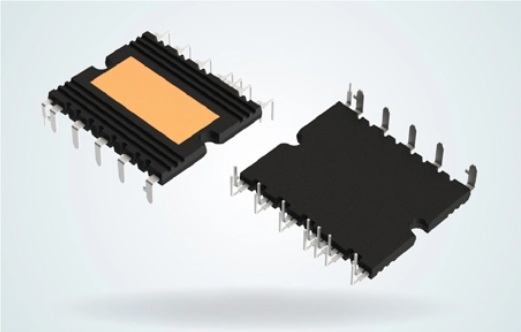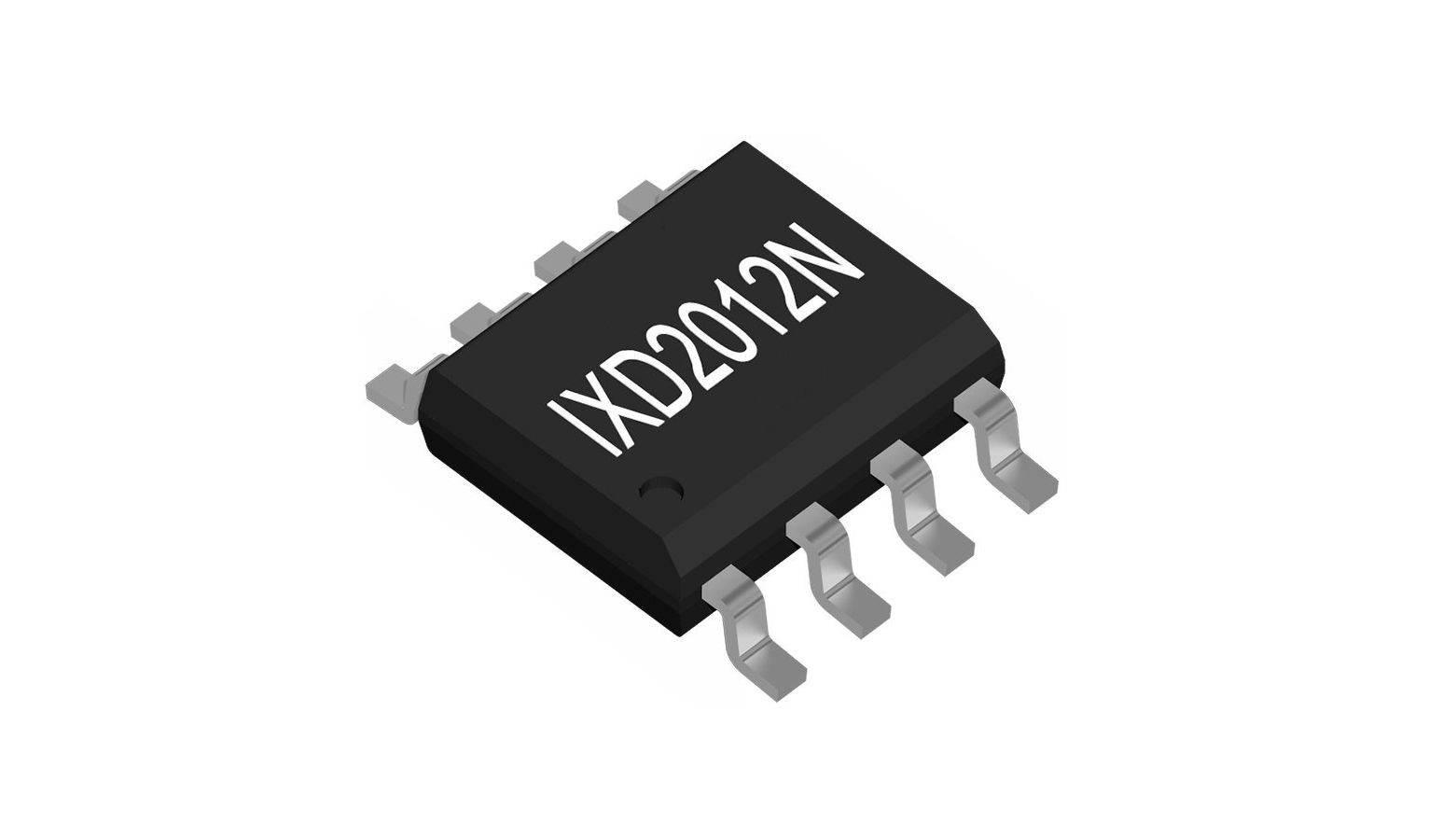NXP recently unveiled its next-generation applications processors, the i.MX 9 series. Building on the market-proven i.MX 6 and i.MX 8 series, i.MX 9 applications processors bring advanced performance-efficiency, security, and scalability to the intelligent edge.
The i.MX 9 applications processors will integrate dedicated neural processing units (NPUs) across the entire series for acceleration of machine learning applications. Also, the series marks NXP’s first implementation of the Arm Ethos U-65 microNPU, which makes it possible to build low cost, highly efficient AI solutions in a wide range of embedded devices. The i.MX 9 series applications processors implement NXP’s innovative Energy Flex architecture that developers can use to optimize energy efficiency and help reduce carbon footprint as well as offer longer battery life.
Application areas include smart home, smart city and public safety systems, fleet management, precision farming and agriculture, consumer audio, healthcare and energy applications where low-power connectivity and machine learning acceleration options are necessary.
NXP’s next-generation processors go further to enable remarkable user experiences that are more intuitive, responsive and secure.
The i.MX 9 families expand machine learning capabilities at the edge for performance-intensive systems where low-power connectivity and machine learning acceleration options are necessary. Factory and process automation, transportation, robotics and Industry 4.0 applications also benefit from machine learning with time-sensitive networking technology and additional industrial protocol and connectivity that will be part of specific families in the series. The i.MX 9 series products will enable higher performance graphics, vision, and emerging technologies transforming edge processing worldwide.
The first families in this series will be built in 16/12nm FinFET class of process technology with specific low power optimization. The Energy Flex architecture in i.MX 9 processors combines heterogeneous domain processing (independent applications processor and real-time domains with a separate low-power multi-media domain), design techniques, and process technology to maximize performance efficiency. For example, low power audio use cases can be powered by the real-time domain, where audio can run while the rest of the processor is switched off. The real-time domain is also well-suited to industrial applications such as the CAN network requiring fast boot (less than 100 milliseconds).
For more information on the i.MX 9 applications processor series, please visit nxp.com/imx9












All Comments (0)